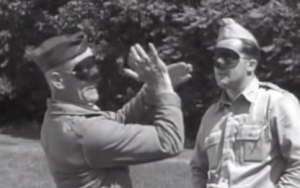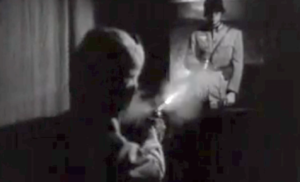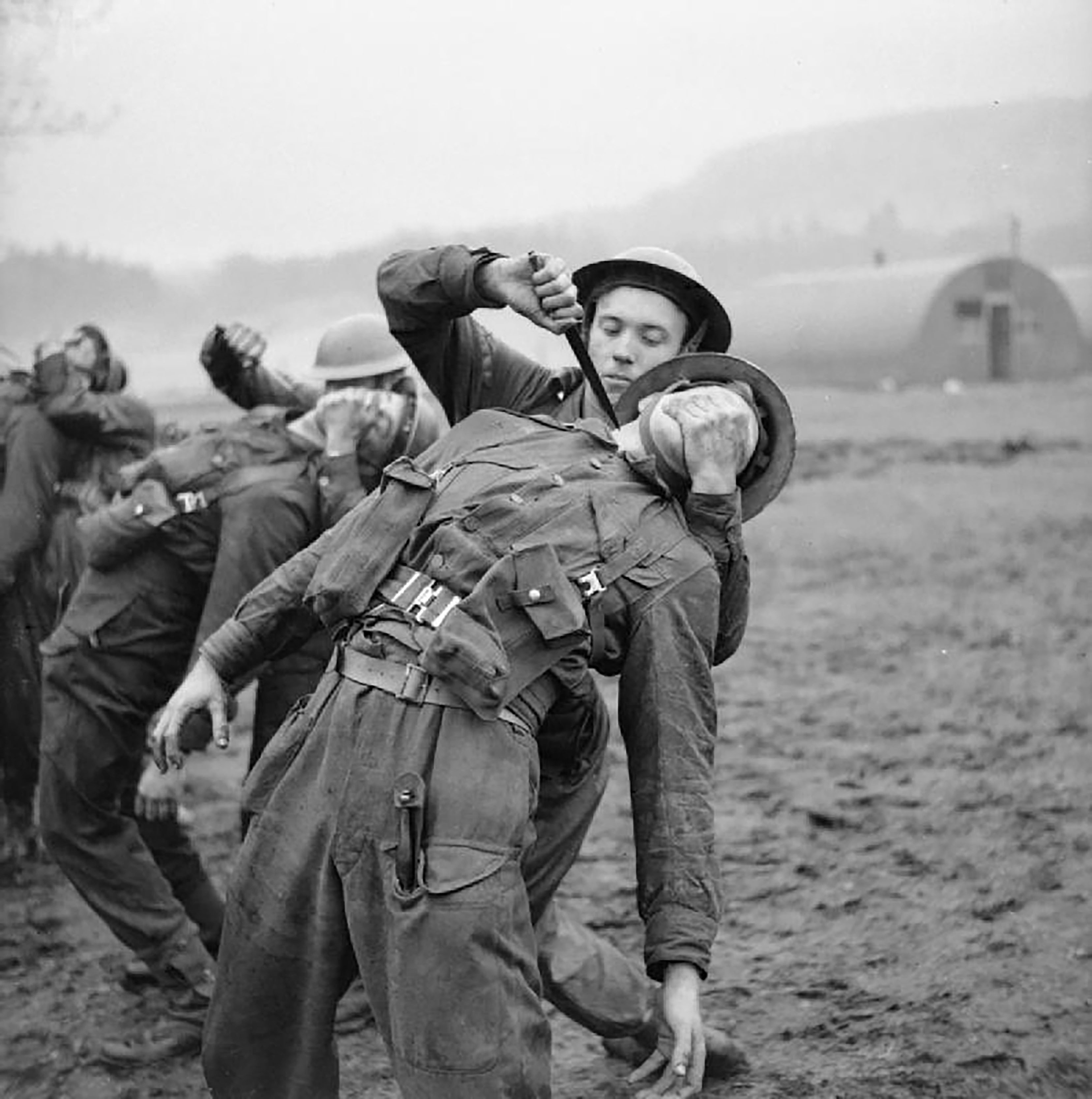By all outward appearances, William Ewart Fairbairn was an unassuming British policeman. Yet the Hertfordshire native was actually a savvy martial arts master. Besting opponents in hundreds of violent street fights over a 20-year period, he earned the epithet “Fearless Dan” and went on to train commandos and special agents during World War II.

Remembered today as an expert in “silent killing techniques” by the U.S. National Park Service, Fairbairn was an unlikely lethal genius. Short, slender and ordinary in appearance, he did not give the outward impression of being deadly. He followed an unusual path to gain mastery of martial arts. Born in England in 1885, Fairbairn served as a Royal Marine and eventually joined the Shanghai Municipal Police (SMP) in 1907. The streets of Shanghai were tough. Local gangs tended to be armed with knives and often had the advantage of martial arts training. The odds of survival were naturally stacked against Fairbairn, who began his career as a constable in a hotbed of gang activity while assigned to a red light district.
Fairbairn adapted to his surroundings. After joining the police, he assiduously studied a variety of martial arts systems, including jujitsu, wrestling, boxing and kung fu. He soon developed extraordinary skills in hand-to-hand combat as well as using firearms, knives and improvised weapons.
Fairbairn’s many duels and street fights left him with scars but also with a wealth of knowledge. He became a pioneer. He created his own martial arts form, which he called “Defendu,” and developed new techniques for shooting as well as methods for escape. He organized and led an anti-riot squad, and also worked to develop a bulletproof vest. Interested in teaching, Fairbairn schooled other policemen.
The steely English policeman was in his 50s when World War II broke out, but it wasn’t long before his achievements drew the attention of government authorities. He was quickly put to work training special operations agents at top secret sites in the United Kingdom and North America. He worked closely with the Special Operations Executive (SOE), whose motley band of agents were dubbed “The Baker Street Irregulars” and helped to train members of Resistance groups for action in Nazi-occupied Europe.
Together with his friend, Eric Sykes of Manchester, he developed perhaps his most well-known invention—the double-edged Fairbairn-Sykes fighting knife, famously wielded by British commandos during World War II.
At a time when “fair play” was prized in fisticuffs, Fairbairn’s methods of fighting were extremely “ungentlemanly.” He interspersed his advanced martial arts techniques with simple acts like hair-pulling, stomping, and striking opponents in embarrassingly sensitive spots—basic moves he had practically refined to an art form.
“I teach what is called ‘gutter fighting’,” he is credited with saying. “Get tough, get down in the gutter, win at all costs.”
Fairbairn wrote that he expected critics to accuse him of being “uncivilized” or “un-British” in the methods he advocated. “There will be some who will be shocked…To them I say, ‘In war you cannot afford the luxury of squeamishness,” he wrote.
While “on loan” to the United States, he taught his techniques to American operatives of the Office of Strategic Services (OSS). At the Catoctin Mountain Park in north-central Maryland, Fairbairn trained agents in throws, grappling, stabbing, shooting and stealthy maneuvering.

He worked as an instructor at the so-called “House of Horrors”—a training setup designed by the British to produce a realistic close-quarter combat environment. The “students” would enter the pitch-dark structure armed with a .45 caliber pistol, where they had to “survive” amid pitfalls, blind curves, startling noises and mock Nazi “opponents” popping up in unexpected places in the form of targets. Fairbairn would accompany agents to provide guidance on their technique.
A strong believer in self-defense, Fairbairn provided illustrated guides to teach members of the public, including women, how to overpower or escape a variety of opponents. His decision to produce a self-defense manual for women was remarkable during an era when women in society were largely discouraged from associations with military combat or violence. “It goes without saying that a woman should always know how to protect herself,” he wrote.
After a lifetime of fighting and adventure, Fairbairn passed away peacefully in Sussex, England in 1960. His techniques have had a lasting influence within the Special Forces community, and many of his methods continue to be in use to this day. MH





